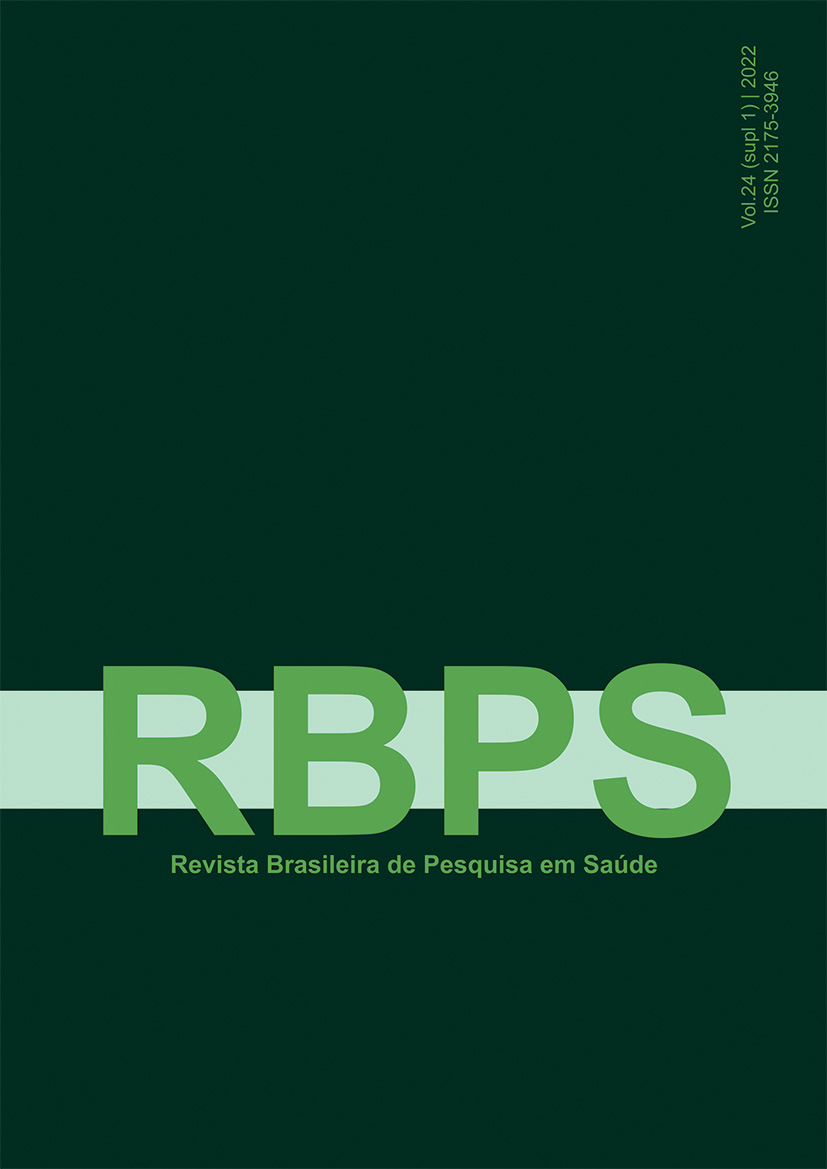Epidemiological profile of patients diagnosed with HIV treated at a specialized care center in Vitória - ES in the post HAART era.
DOI:
https://doi.org/10.47456/rbps.v24isupl_1.39710Keywords:
HIV, Acquired immunodeficiency syndrome, Health profile, EpidemiologyAbstract
Introduction: The human immunodeficiency virus (HIV) was responsible for about 650,000 deaths worldwide, representing a disease of global impact. Objective: To describe the epidemiological profile of HIV-infected patients in the post-HAART era followed up at a specialized center for the treatment of PLHIV (SAE-HUCAM). Methods: Cross-sectional, retrospective study, with analysis of medical records in the SAE-HUCAM, between January 2019 and September 2022. Results: Of the 171 patients, 126 were men and 45 women (ratio for sex of 2.8), with a mean of age for both, 43 years. Brown skin color, 8-12 years of schooling (45.6%), heterosexuals (35.7%) and residence in urban areas (49.1%) predominated in the population. About 43.3% had comorbidities, the most prevalent being cardiovascular (50%). 58.5% came from the infectology ward. Only 36.8% had dropped out of treatment. 77.8% discovered HIV after 2017. CD4 count was low both in newly diagnosed patients (mean 274 cells/mm3) and treatment dropout (mean 205 cells/mm3). CD4 at the end of the study, evidenced 45% of the patients with a value above 500 cells/mm3. 36.8% had opportunistic infections, especially Candida spp. (18.6%). Conclusion: It is evident that despite the wide and unrestricted offer of HAART therapy, our population has a different epidemiological profile from PLHIV currently in Brazil. HIV infection still presents late, with opportunistic infections, without distinction between sex, age group over 40 years, in heterosexuals living in urban areas.
Downloads
Downloads
Published
How to Cite
Issue
Section
License
Copyright (c) 2022 Brazilian Journal of Health Research

This work is licensed under a Creative Commons Attribution-NonCommercial-NoDerivatives 4.0 International License.





